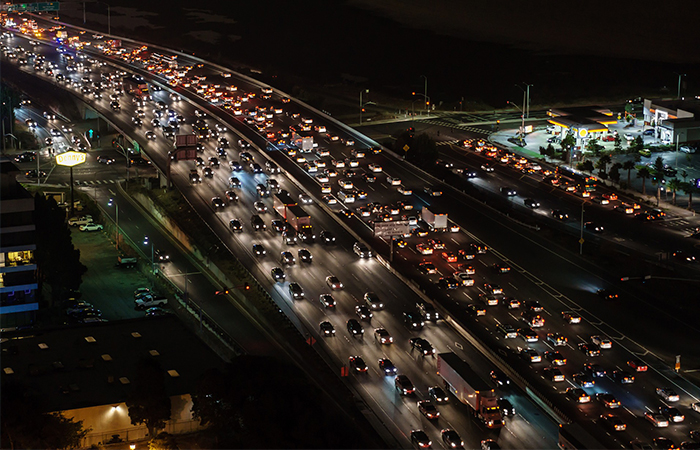Recently, the authoritative American portal Wired, dedicated to the development of technology, has published an article entitled «Speed Is Killing the Planet. It's Time to Focus on Efficiency». The author of the article, Alex Davis, is considered to be an expert in the field of development of autonomous transport, electric vehicles, aviation and infrastructure. The main message of his material is as follows: «The climate crisis is approaching like a high-speed train. We need to stop focusing on speed and become efficiency fanatics».

No doubt. But why aren't experts trying to find a way to meet consumer demand for increased speed that can be combined with the environmental requirement to improve transport efficiency? The problem is that they do not see any other ways of development in the transport industry, except for the improvement of existing transportation systems by means of prohibitions and restrictions. At the same time, there are new arguments in favour of the introduction of the SkyWay systems, which realize a reasonable balance between speed and efficiency.
«The average U.S. car develops a speed indicated by three-digit numbers. But according to statistics, in 2018, American drivers spent 97 hours each in traffic jams. Public transportation systems in cities such as New York and San Francisco face constant delays and latency. High-speed railway projects in many countries have reached an impasse, as governments cannot afford the cost of building highways» – Alex Davis concludes.

At the same time, SkyWay offers to solve these problems in a comprehensive way, raising the transport to the second level and giving it the opportunity to move at a speed of up to 150 km/h in urban conditions and 500 km/h on long-distance routes, which, in fact, realizes the desire of people to get from point A to point B quickly and safely. At the same time, it allows to save a lot of money when building tracks in comparison with existing solutions (we have already drawn an analogy with the monorail).
Then, Davis mentions in the article that today we are facing not only a progressive collapse of the Earth, but also caused by it global warming. However, he is pleased to note that although Hyperloop is still in its infancy, people have already found ways to reduce their environmental footprint, so what is left is to scale them up by:
«raising fuel taxes, encouraging car-sharing, limiting urban travel speeds to reduce emissions, and creating a safe environment for cycling and scooters; mandatory congestion assessment while the maps are coloured red, special lanes for buses; stimulating demand for more scooters, bicycles and electric cars».
We should agree that the existing transport not only leaves a carbon «footprint», but also emits a lot of other harmful substances into the atmosphere. That's why prohibitions alone are not real solutions. We also considered the necessary measures to reduce this harmful impact.
And the leitmotif, of course, was the transition to the string transport and the SkyWay technology, as it is the only correct way out of this situation, which will not save on speed or efficiency but will have a huge impact on the restoration of environmental balance.
If we recollect Musk's idea, who proposed to fly between countries on rockets, it is worth noting that the extreme speed, of course, will be obtained, but with it, efficiency will be absolutely destroyed. Just imagine how many emissions a man will leave behind travelling on a rocket, say, from Moscow to Sydney. As a result, we'll further aggravate the situation.
So, if we want to embark on a path of ecological revival without any sacrifice such as speed of movement and mobility, it is worth to stop looking at the problem from one side only and start solving it in a comprehensive way, as Anatoli Unitsky did.

